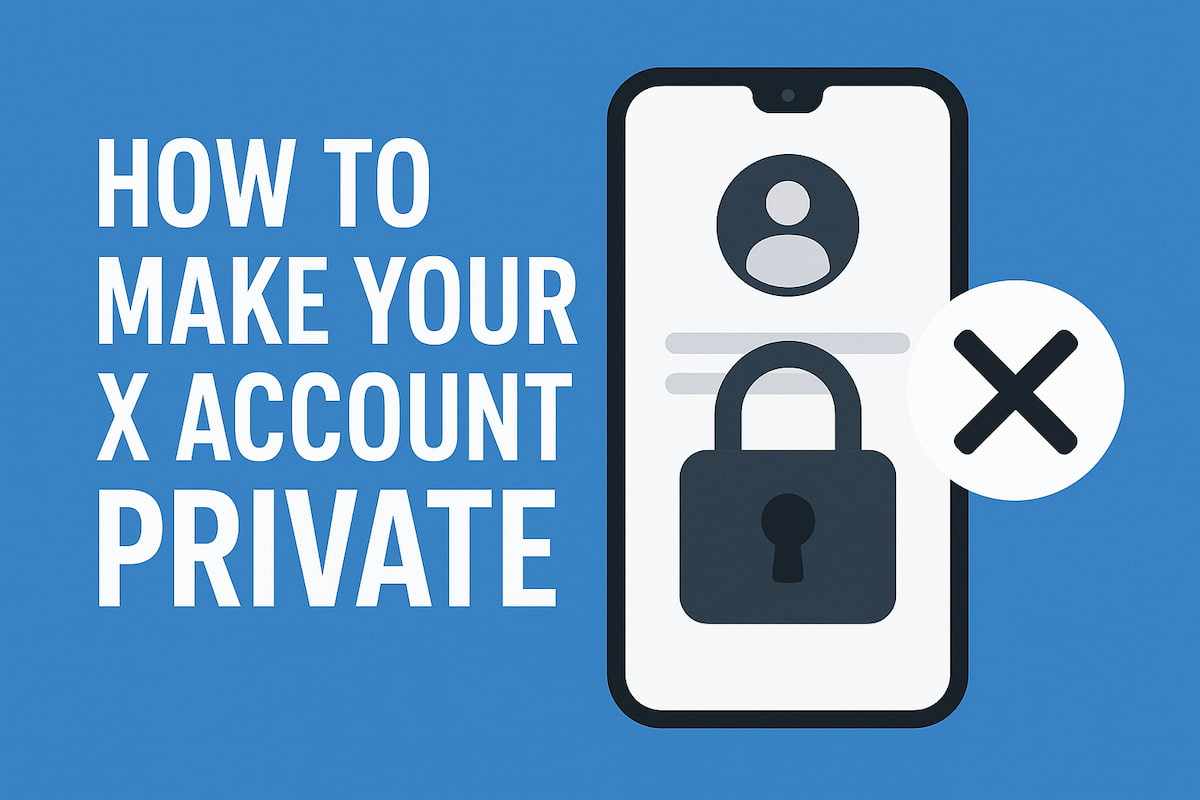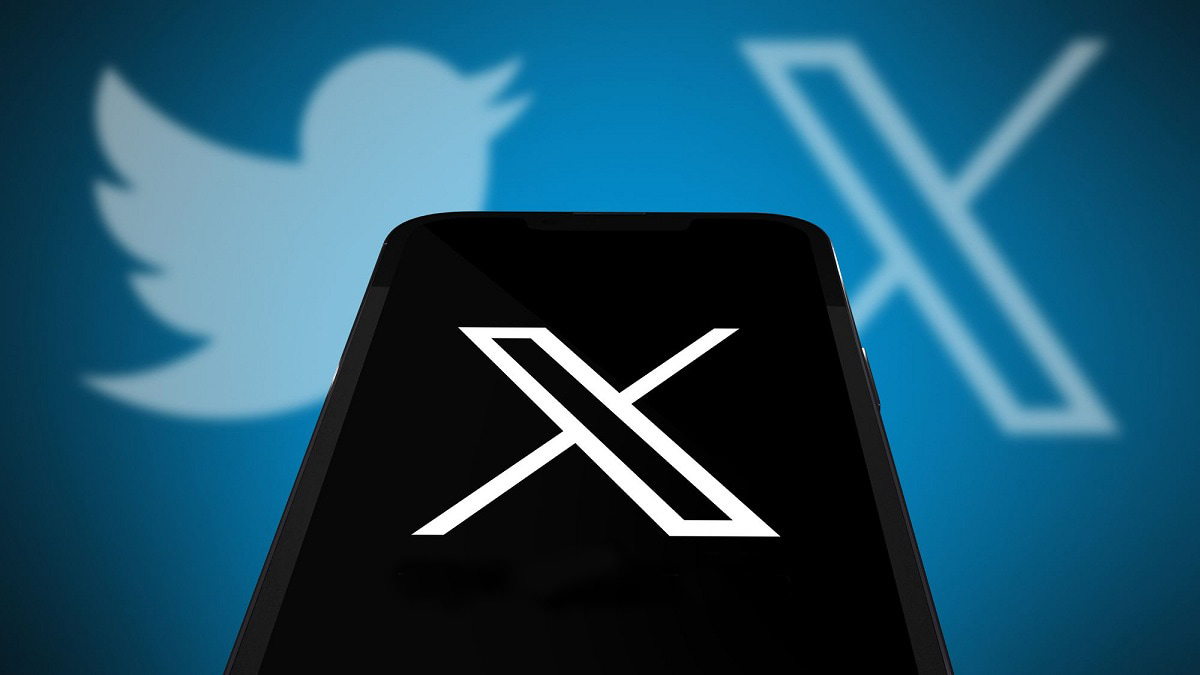Composing interesting tweets and being witty is not always enough to keep people engaged. Adding hashtags to your tweets significantly increases the chances of reaching a wider audience.
They play a key role in delivering your message to the right people by organizing your tweets so they appear higher in search results, helping you reach more users. Understanding how to use them effectively can boost the visibility of your tweets and enhance your brand’s presence on the platform.
This post will provide an overview of how to use hashtags for better visibility, why they matter, and how you can benefit from them.
What are Twitter Hashtags?
Twitter (now X) hashtags consist of two parts: the “#” symbol and the word or phrase that follows it. While they existed before Twitter, the platform played a major role in popularizing their use. Now, they are a core feature of social media, including platforms like Instagram.
An X hashtag is any word or phrase preceded by the “#” symbol, used to categorize tweets by topic, making them more discoverable. For example, adding #fitness to a tweet ensures that anyone interested in health and exercise can easily find and engage with it. Using relevant hashtags helps increase exposure, build your following, and foster connections with others on Twitter.

The Importance of Twitter Hashtags
One of the key advantages of using Twitter hashtags is their ability to boost your tweets’ visibility and increase engagement. It’s essential to select ones that are relevant to your brand or the message you’re trying to convey, helping ensure your content reaches the right audience.
When users search for a specific tag on Twitter, they see all public posts and profiles using it. For instance, if you search for #digitalmarketing, you’ll find posts related to strategies, tips, and tools for online marketing.
With millions of people tweeting every second, it’s easy for posts to get lost in the feed. The average lifespan of a tweet is around 18 minutes. After that, your tweet may only be seen by those who specifically visit your profile. However, adding a hashtag extends the tweet’s reach and increases the chances of it being seen by a broader audience.
Hashtags offer a simple yet effective way to categorize tweets, making it easier for users to engage with relevant content. They also help filter out irrelevant tweets, saving users time by bringing the right information to them quickly.
Additionally, hashtags create opportunities for discussions around shared interests. For brands, they can drive higher engagement, leading to more retweets, replies, likes, and overall brand exposure.
How to Use Popular Twitter Hashtags
Here’s how you can effectively use popular Twitter hashtags to boost your online presence:
Use a Unique Profile Name
One way to maximize the impact of popular hashtags is by using a unique profile name. If you’re promoting a brand, use the brand name for your Twitter account. A distinct name catches people’s attention when they come across your tweet, helping your profile stand out.
Once you’ve established your unique profile name, search for popular Twitter hashtags. You can either tweet using these hashtags or reply to tweets under them. This increases your visibility and draws more attention to your profile.
Add a Branded Signature
Another effective tactic is adding a branded signature to your tweets. Incorporate your company name with a hashtag in your signature. This piques users’ curiosity and encourages them to explore your brand.
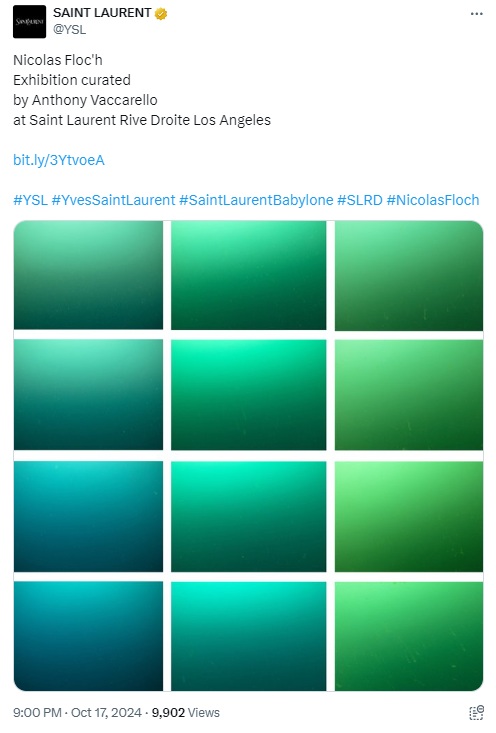
In this tweet from Saint Laurent, the brand uses hashtags like #YSL and #YvesSaintLaurent along with the company name. This approach not only enhances brand visibility but also invites users to engage with the tweet and explore the brand further.
Participate in Conversations
Engage in discussions happening under popular hashtags. Join conversations and, when relevant, mention your brand to build awareness and foster connections with potential followers. Timing your brand mention is key to making a natural impact.
Best Practices for Using Twitter Hashtags
Do’s for Using Hashtags:
- Use one or two hashtags per tweet. While Twitter suggests a limit of two, you can use more if necessary, but keep it relevant;
- Utilize hashtags to engage with trending topics. You can search for them in the search bar or by clicking on them under popular posts;
- Develop a strategy to maintain consistency, as hashtags are essential for connecting your brand with trending topics and reaching your target audience;
- Create easy-to-remember branded hashtags that are simple, memorable, and directly related to your brand;
- Experiment with a mix of niche and trending tags. For example, combine something like ‘#localbakery’ with a more popular one like ‘#foodie’ to expand your reach.
Don’ts for Using Hashtags:
- Avoid using hashtags in ads if your goal is to drive website traffic. Twitter’s research shows that ads without them or mentions generate 23% more clicks;
- Don’t overuse tags. It may be tempting, but using too many can confuse the algorithm and make your tweet less effective. Stick to one clear message per tweet;
- Make sure hashtags fit naturally within your post. If your brand’s slogan or name doesn’t fit well in the context, it’s best not to use them;
- Avoid spaces in tags. For instance, ‘#Social Media’ will only reference ‘Social,’ while ‘#SocialMedia’ will correctly reference the entire topic;
- Don’t use punctuation in tags. For example, ‘#ItsComingHome’ works, while ‘#It’sComingHome’ will not be recognized correctly.
How to Keep Track of Hashtags on Twitter
Twitter doesn’t currently offer a built-in feature to “follow” hashtags as it does for individual accounts. However, there are several ways to stay updated on your favorite hashtags:
Frequent Searches
- Regularly use the Twitter search bar to look up your favorite hashtags;
- Refine your search with advanced options like “filter:tweets” or “from:username” to find specific content;
- Set reminders to search for specific hashtags at regular intervals to stay updated.
Save Searches as Bookmarks
When you search for a hashtag, click on the three dots next to the search bar and select “Save search.” This will create a saved search that you can easily access anytime to see the latest tweets for that hashtag.

Use Twitter Lists
Create a Twitter list of accounts that frequently use the hashtags you want to follow. This provides a quick way to see tweets from those accounts mentioning the ones you’re interested in.
Third-Party Tools (Use with Caution)
Some third-party tools offer features for following hashtags, but they may not be officially supported by Twitter and could violate Twitter’s terms of service.
Be cautious and research the tool before granting it access to your account.
Consider Alternatives
Platforms like Instagram and Mastodon allow users to directly follow hashtags.
If following hashtags is essential for your social media management, consider using these platforms as well.
Effective Ways to Use Twitter Hashtags in 2025
Use Relevant Hashtags for Well-Structured Tweets
It’s essential not to tweet randomly. Organize your tweets in a way that clearly conveys your industry or area of expertise to anyone visiting your profile.
Consistency is key, so tweet regularly as posts quickly lose visibility. Attach a hashtag that is relevant to the topic of your tweet. Make sure the words in the hashtag align with the content you’re sharing.
For instance, if you’re tweeting about a new fitness app launch, your hashtag should reflect that, like “#FitnessApp” or “#WorkoutTech.” Avoid irrelevant hashtags like “#SuperBowl” or “#Oscars” if they don’t relate to your topic.

In this tweet about a new fitness app, relevant hashtags like #FitnessApp and #FitFusion were used to target the appropriate audience, while irrelevant ones like #SuperBowl or #Oscars were avoided, ensuring the post reaches those interested in fitness-related content.
Using unrelated hashtags in your tweets is considered spammy behavior, and could result in your Twitter account being flagged or even blocked.
Avoid Punctuation and Spaces in Hashtags
One common mistake users make is adding punctuation to hashtags, which renders them ineffective. The hashtag will break at the point of punctuation, and the part after the symbol won’t be linked to the rest. This limits the reach of your tweet to only your immediate followers.
Similarly, spaces within hashtags also cause problems. For example, “#Monday Goals” is not the same as “#MondayGoals.” The correct format is to write the hashtag without spaces, like “#MondayGoals.”

In this tweet, the hashtag “#MondayGoals” is written without spaces, making it more effective and easier to search. Using the correct format helps maximize the tweet’s reach.
When you add a space, you may only reach people searching for “Monday,” losing the audience interested in “Goals.” However, using “#MondayGoals” allows you to reach those specifically looking for posts about setting goals on Mondays, improving your visibility.
Ensure Accurate Spelling in Hashtags
Accurate spelling is crucial for tag effectiveness. A misspelled one will prevent your tweet from reaching its intended audience. For example, if you’re tweeting about healthy recipes and use “#HealthyRecepies” instead of “#HealthyRecipes,” the incorrect spelling will significantly reduce your tweet’s reach.
Spelling mistakes in hashtags will restrict your tweet’s exposure to just your immediate contacts. Take your time to double-check and proofread your hashtags before hitting post, ensuring they deliver maximum impact to the right audience.
Utilize Hashtags for Popular Topics
Incorporating hashtags for trending topics into your tweets can significantly boost engagement. Not all of your posts need to focus on your brand or product; you can vary your content by commenting on hot topics, especially those relevant to your industry.
By attaching a hashtag for a trending topic, your tweet becomes discoverable in search results when users explore that topic. Engaging and intriguing tweets can stay visible for a longer time, especially if they catch the audience’s interest before the next trend emerges.
For marketers, it’s important to understand how to effectively use trending hashtags to connect with new audiences. Additionally, many trending ones are location-based, so it’s worth finding out what’s popular in your area or industry to ensure you’re tapping into the right conversation.
Use Hashtags for Meaningful and Valuable Content
Social media is a hub for trending discussions, often focusing on topics people care deeply about. When crafting tweets, it’s crucial to use hashtags that reflect issues relevant to your audience.
You can also create a unique hashtag for a product launch or campaign, like Coca-Cola’s “#ShareACoke,” which gained widespread popularity. Just ensure the hashtag is simple, engaging, and meaningful. Avoid overly complicated or lengthy hashtags, and aim for something that connects with both industry insiders and the broader public.
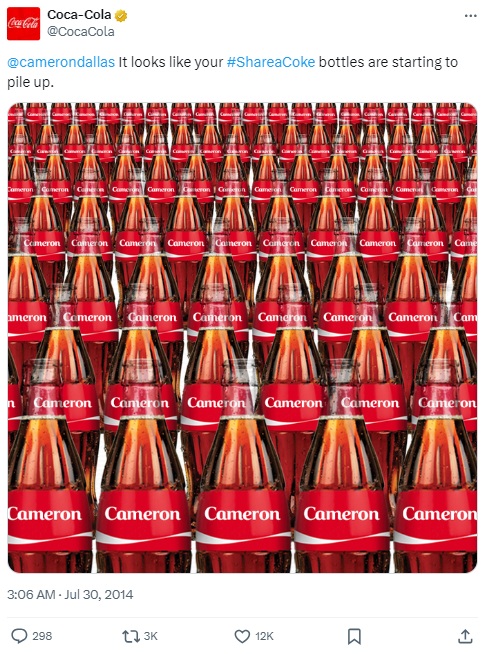
Avoid Overloading Your Tweets with Hashtags
Overuse of hashtags in a single tweet can dilute its focus, making the content appear scattered and unfocused.
For example, a tweet with hashtags like “#Marketing,” “#Oscars,” “#ClimateChange,” and “#Sports” all in one post will confuse the audience and fail to target a specific topic. Even if the tweet itself is interesting, it’s unlikely to reach a meaningful audience.
Instead, stick to one or two relevant hashtags that reflect the main subject of your tweet. If your post is about digital marketing trends, for instance, use focused hashtags like “#MarketingTips” or “#DigitalTrends.” This approach ensures your tweet reaches the right audience, making your content more discoverable and impactful.
Create Memorable Hashtags
To boost visibility on Twitter, it’s essential to use hashtags that are easy to remember, especially if you’re crafting a new one. Conduct research to identify popular ones in your industry and incorporate them into your tweets. Additionally, observe how competitors use them and learn from their strategies.
Remember, Twitter hosts a wide range of professionals, including industry experts. Creating a memorable and engaging hashtag will help attract the right audience to your content and foster better engagement.
Enhance Giveaways with Hashtags
Research from Twitter reveals that hashtags can influence engagement on your ads, including likes, replies, and retweets. This same principle holds true for giveaways on Twitter. If your tweet is compelling and features a giveaway-related hashtag, it’s likely to attract more attention.

For example, tweets with hashtags like “#GiveawayFriday” tend to generate high engagement, with plenty of reactions and views. Including incentive-focused ones in your tweets can significantly boost visibility, even more effectively than using them for ads.
Utilize Location-Specific Hashtags
On Twitter, users often look for content from specific regions, making location-based hashtags a powerful tool for expanding your reach, especially for local businesses. These can showcase different aspects of your business and attract local users who feel connected to the content.
For instance, using hashtags like “#TorontoBusiness” or “#NYCEvents” can enhance the visibility of your tweets among local audiences. Not only will this help locals discover your business, but it may also encourage collaborations with others in the area, doubling your reach and engagement through shared networks.
To effectively use location-specific hashtags, keep it simple. If your business is located in Austin, Texas, relevant hashtags could include “#AustinBusiness” or “#AustinEvents” to attract attention from the local community and beyond.

In this tweet, hashtags like “#AustinBusiness” help target a local audience, improving visibility and fostering potential collaborations within the area.
Utilize Event and Time-Specific Hashtags
An easy way to expand the reach of your tweets is by using occasion and time-specific tags. For example, something like #MotivationMonday offers a weekly opportunity to engage with a broader audience. Each week brings a new Monday, giving you multiple chances to use this tag to inspire and motivate your followers.
A great strategy is to revisit older posts or content that didn’t perform well and repost them using a relevant time-specific hashtag like “#MotivationMonday.” This will help to refresh your content and give it another chance at visibility.
In addition to popular hashtags like #TBT (Throwback Thursday), there are many other occasion-based ones to explore. By scheduling your posts around these recurring tags, you can significantly increase your engagement over time.
Strike the Right Balance with Hashtags
Hashtags can be broad or niche, and finding the right balance between the two is key to maximizing your tweet’s visibility. For example, while the hashtag “#Photography” will generate broad results, something more specific like “#StreetPhotography” will target a more engaged audience.
Using only niche hashtags, such as “#VintageCameraPhotography,” may limit your reach to a very small group. On the other hand, a too-broad hashtag may drown your tweet in a sea of irrelevant content. A balanced choice, like “#CreativePhotography,” can give your tweet the exposure it needs while keeping it relevant to the right audience.
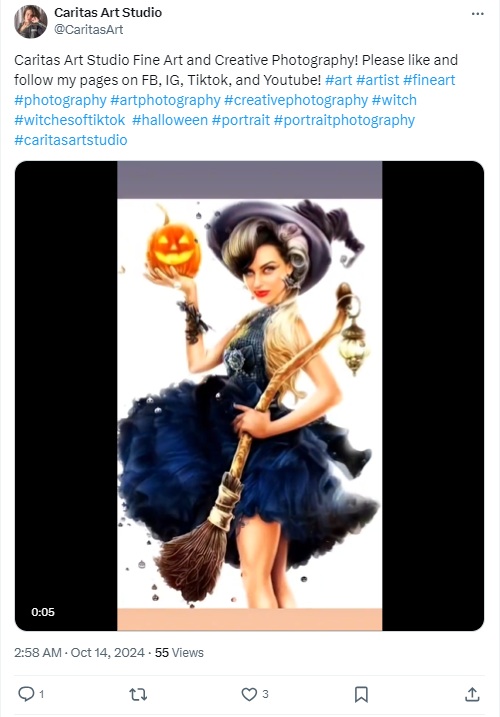
In this tweet, hashtags like “#CreativePhotography” strike the right balance by targeting a specific audience while still maintaining broad appeal. This balance ensures the tweet reaches the right people without getting lost in irrelevant content.
Experimenting with different combinations of broad and niche hashtags will help you discover what works best for your content, and refine your hashtag strategy over time.
Monitor and Evaluate Your Hashtag Performance
Once you begin regularly using hashtags, it’s important to track their effectiveness. With these insights, you can adjust your strategy to use the most impactful hashtags for your future tweets.
You can also generate detailed reports that track your Twitter profile’s performance over time, such as follower growth, tweet activity, and audience interactions. These reports help you understand which hashtags are resonating with your audience and offer actionable insights for improving your Twitter presence moving forward.
In addition to tracking hashtag performance, it can be useful to analyze follower interactions. Learn how to see who follows who on Twitter to gain deeper insights into your audience’s behavior and connections.
How to Discover Trending and Popular Twitter Hashtags
Using a hashtag that no one is searching for is ineffective. To maximize your tweet’s reach, it’s important to find trending and popular hashtags. These tools can help you identify the best ones for your tweets:
The most straightforward way to find trending hashtags is directly on Twitter.
On the left-hand sidebar of your profile, you’ll find a personalized list of the top 10 trends in your region.
Note: Some trends are general topics, not always specific hashtags.
These trends are tailored based on your location and who you follow. If you want to see trends from a different area, click on ‘Change’ to select another location.
Pro Tip: On the Twitter mobile app, the top 5 trends are displayed. You can tap ‘Show more’ to see the top 20.
Twilert
Twilert makes it easy to track what people are saying about your brand on Twitter. By monitoring handles, names, hashtags, and even competitors, you can stay informed about conversations relevant to your brand.
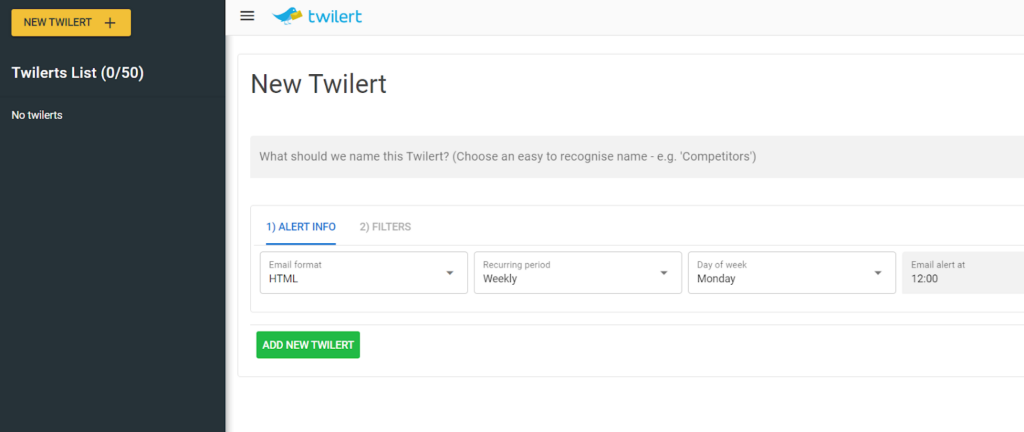
With Twilert, you can respond to customers and join discussions in real time, helping you discover popular and trending hashtags related to your industry while staying engaged with your audience.
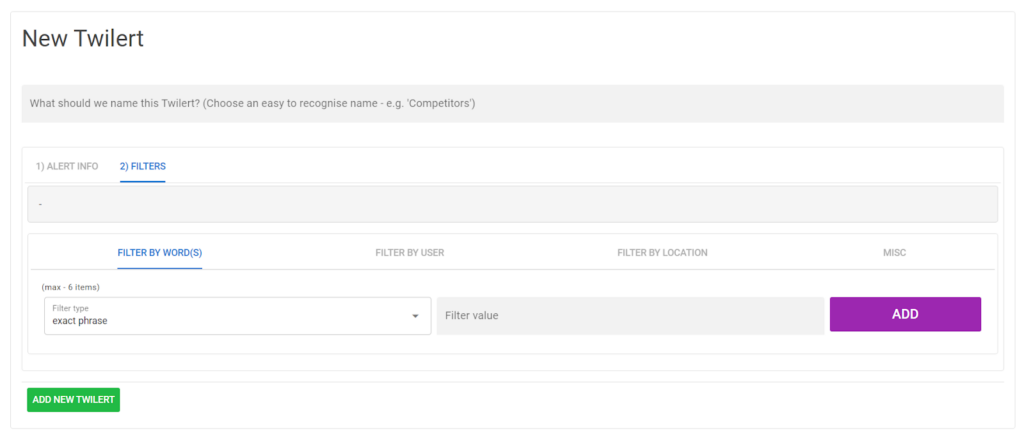
SparkToro
SparkToro is a great tool for identifying popular and trending hashtags. It offers insights into the keywords, websites, and social networks your audience engages with.
The platform also highlights common hashtags your target audience uses, allowing you to search based on keywords or even details from users’ bios.
Trendsmap
Trendsmap offers a real-time view of Twitter trends from around the world. You can click on a specific hashtag or word on the map to see what’s trending in that region.
For example, clicking on ‘wildfire’ in Australia will show trending discussions related to the event in that area.
Trendsmap helps you understand how different locations are reacting to global events, allowing you to craft more targeted messages.
RiteTag
RiteTag is another powerful tool for discovering both trending and popular hashtags. For example, when you search for ‘digital marketing,’ RiteTag generates two lists:
- Green-colored hashtags for immediate visibility;
- Blue-colored hashtags for long-term engagement.
RiteTag also provides a visual word map, connections, and statistics on each hashtag, offering a full picture of how each hashtag performs.
While finding popular hashtags is important, it’s essential to use them strategically and ensure they align with your content.
Common Twitter Hashtags to Boost Engagement
Research shows that tweets with hashtags are 33% more likely to be retweeted than those without. But which ones can help you gain more traction on Twitter?
The most frequently used hashtags are broad and applicable across various industries. Some of these include:
#competition
#influencer
#influencermarketing
#fridayfeeling
#MondayMotivation
#tbt
#wcw
#thursdaythoughts
#traveltuesday
#blessed
#goals
#vegan
#fitness
#science
#fintech
When choosing hashtags for your posts, ensure they are relevant to your content and connect well with your audience. This rule also applies to trending or niche-specific tags. Using holiday-related ones is another way to increase visibility and engage your audience. From Valentine’s Day and Halloween to Earth Day and Black Friday, aligning your content with seasonal or cause-based hashtags can effectively promote your brand and engage the Twitter community.
Industry-Specific Twitter Hashtags to Boost Retweets
To help you build an effective Twitter hashtag strategy for your clients, we’ve compiled lists of popular niche hashtags tailored to different industries:
- Real estate;
- Restaurants;
- Hotels;
- Healthcare;
- E-commerce;
- Digital marketing agencies;
- Fashion;
- SaaS;
- Franchises;
- Law firms.
These industry-focused hashtags can improve visibility and engagement, making it easier to connect with your target audience and increase retweets.
Real estate hashtags

#realestateagent
#realestatemarket
#realestateexpert
#realestateinvesting
#firsttimehomebuyer
#CooperativeHousingSocieties
#mortgagebroker
#househunting
#dreamhome
#housing
#newhome
#justlisted
#homeownership
#homeforsale
#homebuyers
Tip: Add a city or town hashtag to your real estate posts for better local targeting.
Restaurants hashtags
#restaurants
#fastfood
#foodies
#chef
#cuisine
#plantbasedfoods
#quickmeals
#foodbloger
#recipe
#winelover
Tip: Use descriptive hashtags for dishes or drinks, like #veganproducts or #bakedgoods, and include location hashtags.
Hotels hashtags
#hotelnews
#hospitality
#travelservices
#travel
#travelling
#luxurydestinations
#shortstayaccomodation
#airbnbsuperhost
#tourism
#hotels
Tip: Combine branded and location hashtags to maximize reach.
Healthcare hashtags
#guthealthmatters
#mentalhealthawareness
#mentalhealthmatters
#healthyliving
#healthtech
#MedEd
#TipsForNewDocs
#medicare
#clinicaltips
#MedTwitter
Tip: While using these hashtags is beneficial, keep in mind that non-healthcare brands often use them to raise awareness as well. To reach the right audience, include more specific hashtags related to your services. You can also combine location and service for better targeting, such as #blooddonation, #teethwhitening, #dentalsurgery, #periodontist, or #cancerprevention.
E-commerce hashtags
#inyourbestinterest
#offers
#promo
#deals
#onlineshopping
#ecommercessentials
#buyintoart
#printsforsale
Tip: Many marketers use these hashtags, so to reach your target audience, refine your hashtag strategy. Consider whether you’re sharing an #entrepreneurtip, offering a #blackfriday #discount, running a #flashsale, or #hiringnow. Tailoring your hashtags to your specific campaign will improve your reach.
Digital marketing agency hashtags
#MarketingAgency
#MarketingServices
#DigitalMarketing
#DigitalMarketingAgency
#SocialMediaMarketingTips
#AgencyLife
#SocialMediaAgency
#socialmedia
#graphicdesign
#onlinemarketing
Tip: Incorporate hashtags naturally into your copy and use additional ones related to platforms (e.g., #TikTok), industries (#ecommercemarketing, #MarketingForStartUps), and topics (#userexperience, #influencermarketing).
Fashion hashtags

#fashionstyles
#mensfashion
#womensfashion
#ootdStyle
#luxury
#lookoftheday
#outfit
Tip: Modern consumers are drawn to brands that support causes, so include relevant hashtags like #ecofriendly, #supportlocal, or #prideweek in your posts.
SaaS hashtags
#b2b
#scale
#saas
#b2bbusiness
#software
#apps
To enhance your SaaS marketing strategy, it’s also important to explore how platforms like Twitter can be utilized effectively for B2B marketing. Check out this guide on Twitter B2B marketing for valuable insights on leveraging the platform to connect with your business audience.
Tip: Combine general hashtags with ones that focus on your audience’s challenges or your specific expertise, such as #cybersecurity, #CRO, #CRM, or #socialmediamanagement.
Franchise hashtags
#foodfranchises
#franchise
#franchises
#emergingfranchises
#franchisebusiness
#franchiseopportunity
Tip: Add popular Twitter hashtags that clearly describe your business, along with branded ones for better exposure.
Law firm hashtags

#lawfirm
#legaladvice
#legalese
#legallyspeaking
#lawyerlife
#legalbusiness
#solicitors
#legalaid
Tip: Use hashtags that convey the nature of your legal services while incorporating industry-related and branded hashtags.
Final Thoughts
Incorporating popular Twitter hashtags into your social media strategy is an effective way to increase your tweet visibility and reach a broader audience. By choosing relevant and trending hashtags, you can ensure your content connects with the right users, driving more engagement and helping you build a stronger online presence.

